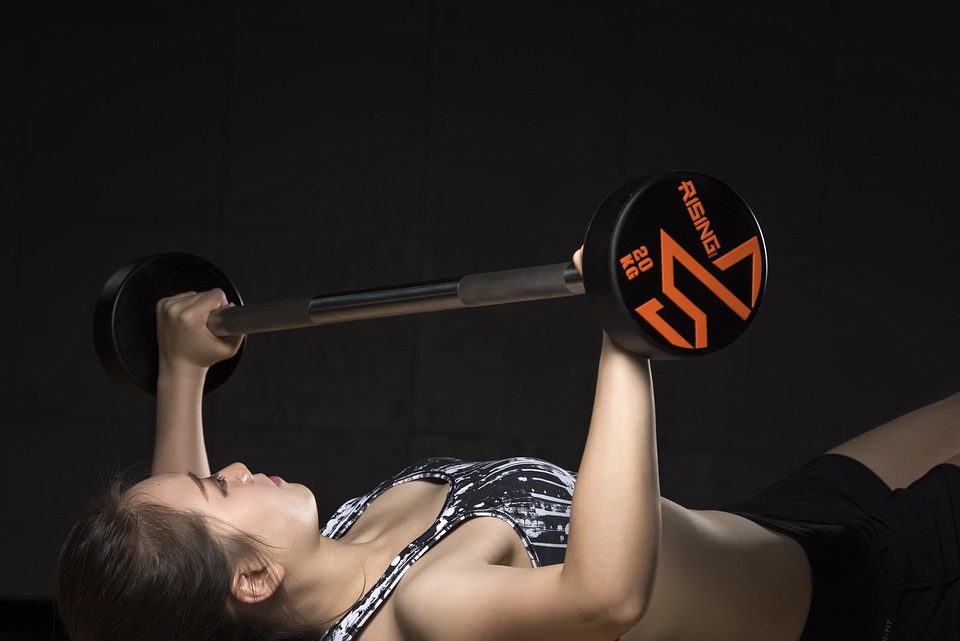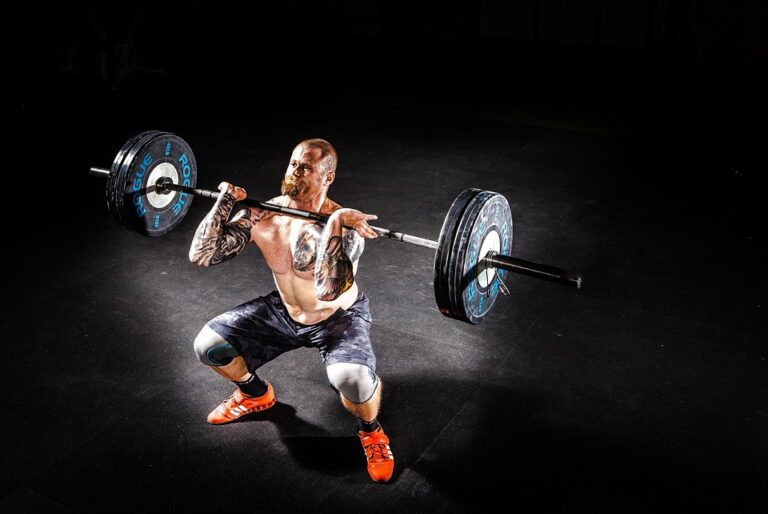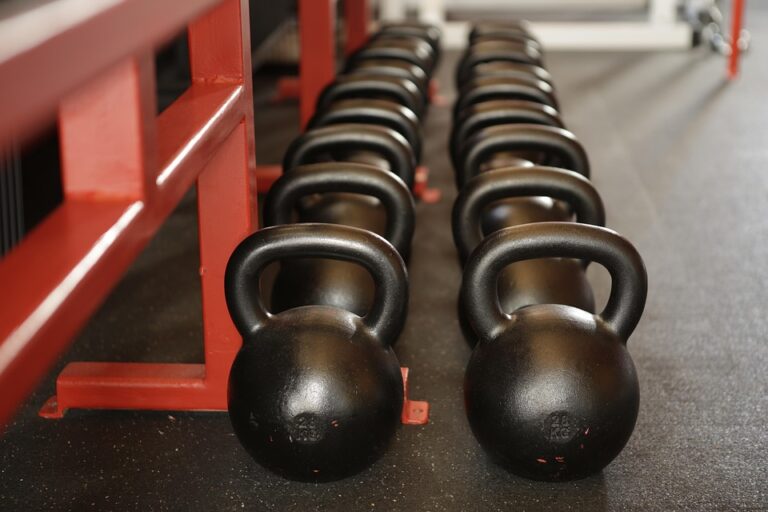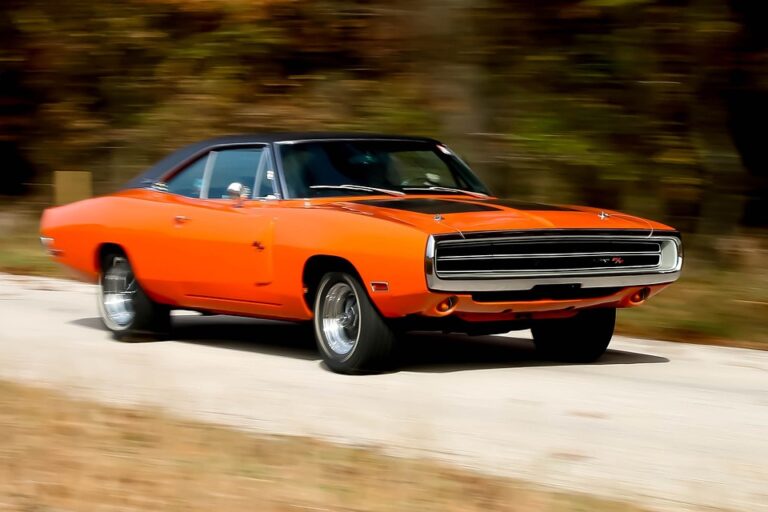
When it comes to strength training, the barbell stands as a quintessential tool, revered for its versatility and efficacy. Yet, not all barbells are created equal. They come in numerous shapes and sizes, each designed with specific purposes in mind. Let’s delve into the most common types of barbells, dissecting their unique characteristics and applications.
1. The Standard Barbell
Often the first barbell that comes to mind, the standard barbell typically weighs around 20 kilograms (or 44 pounds), and features a length of about 2.2 metres. This traditional piece of equipment is the backbone of weightlifting routines, providing stability for various exercises such as squats, deadlifts, and bench presses. Its universal design accommodates standard plates, making it widely accessible.
Why opt for a standard barbell? Its familiarity lends a sense of comfort to beginners while allowing seasoned lifters to tackle heavier weights with ease. It’s the ultimate all-rounder, but is it the right choice for everyone?
2. Olympic Barbell
Enter the Olympic barbell, a professional-grade counterpart to the standard version. Weighing in at 20 kilograms for men and 15 kilograms for women, these barbells boast a higher load capacity and a more refined design. With a length of 2.2 metres for men and 2.01 metres for women, Olympic barbells feature rotating sleeves that minimise torque on the wrists during lifts.
But what sets them apart beyond just weight? The knurling on Olympic bars is strategically placed to enhance grip without compromising comfort. This design consideration is vital for advanced lifts where precision and control are paramount. The investment in an Olympic barbell is certainly justified for serious athletes.
3. EZ Curl Bar
If variety is the spice of life, the EZ curl bar serves as a delightful addition to any gym. Its distinctive zigzag shape allows for a more natural wrist position during curls and tricep extensions, thereby reducing strain. Typically lighter than standard and Olympic bars, it’s an excellent choice for those new to weightlifting or anyone recovering from wrist injuries.
But is it merely a gimmick? Experts argue that the ergonomic design can significantly enhance the training experience, particularly for isolation exercises. As the old saying goes, comfort breeds consistency.
4. Trap Bar
The trap bar, or hex bar, is a unique marvel in the world of barbells, designed specifically for deadlifts. Its hexagonal shape allows the lifter to stand within the bar rather than behind it, promoting a more upright posture and reducing stress on the lower back. This design is particularly advantageous for those who may struggle with traditional deadlifts due to anatomical limitations.
Many trainers advocate for the trap bar as a safer alternative, especially for beginners. Could this be the key to unlocking one’s deadlifting potential? The answer often lies in personal preference and biomechanics.
5. Specialty Barbells
Beyond the standard offerings, specialty barbells cater to specific training needs. From the safety squat bar, which features padded shoulders for comfort during squats, to the landmine barbell that pivots for rotational training, these tools provide innovative ways to challenge the body.
Are such tools essential? While they may not be necessary for everyone, they can certainly enhance a workout regimen, providing unique stimuli that promote muscle growth and functional strength.
The Final Lift
In the expansive realm of fitness, barbells serve as fundamental instruments for strength training. Each type offers distinct advantages, inviting lifters to explore and experiment. Whether you’re just embarking on your fitness journey or are a seasoned pro, understanding these barbells can elevate your training experience.
BargainsTrust continues to bring you curated information on essential fitness equipment and beyond, ensuring you stay informed and equipped to make the best choices for your health and well-being. Happy lifting!







